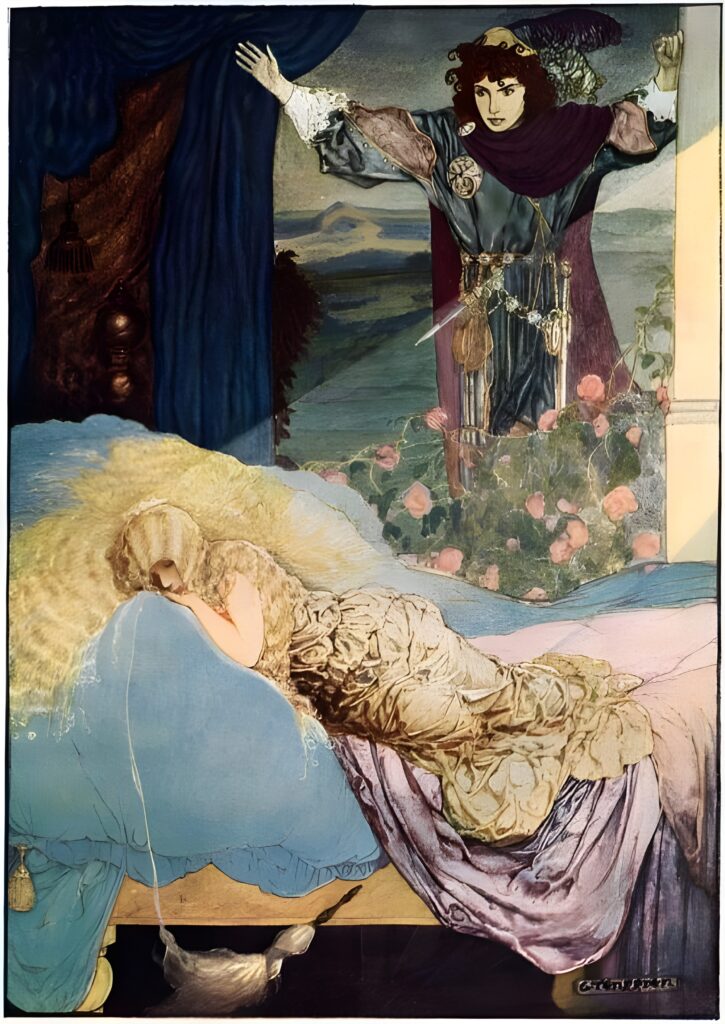
Tell us a bit about the essay you wrote for JNT.
My article proposes to employ hybridity as a tool to describe the genericcrisscrossing characterising literary texts I call “uncanny fairy tales”. Jack Zipes has already recognised the Freudian uncanny as an effective concept to frame the act of reading a fairy tale, for how it makes us recognise the familiar through estrangement and the encounter with the unfamiliar. I remark that the uncanny emotional and cognitive effect can be aroused by the mixture of elements realized through textual techniques of hybridization. This article explores how this merging takes place in a few selected uncanny fairy tales. Notions taken from cognitive studies such as conceptual blending and cognitive deixis are other functional tools for the undertaking of this analysis. The three possible blended genres I deal with are complex narratives that I define “scientific folktales”, “comedic sexual tragedies”, and “magic realities”. I use as case studies two texts (one Victorian and one postmodern) per hybrid genre: Louise Budgen’s Episodes of Insect Life and Italo Calvino’s Cosmicomics (“scientific folktales”); George MacDonald’s “The Light Princess” and Rabih Alameddine’s “A Kiss to Wake the Sleeper” (“comedic sexual tragedies”); Lewis Carroll’s Sylvie and Bruno together with Catherynne Valente’s The Girl Who Circumnavigated Fairylands in a Ship of Her Own Making (“magic realities”).
What inspired you to research this topic?
This research topic is something which has interested me for a few years – initially it was part of my two-year postdoctoral project at the University of Tartu. The bigger theoretical context in which the topic of this article is inserted is a re-elaboration of the Freudian concept of the uncanny in relation to the analysis of literary fairy tales in English language. The analysis focuses on two cultural and historical periods, the Victorian Age and postmodernism (and post-postmodernism) – together with a study of the interconnections that can be found, in relation to the re elaboration of the fairy-tale discourse, between these two moments. While this article pays attention to hybridity for the inquiry on genre-related manipulations, in the full project the sub-concepts employed to substantiate my new take on the uncanny are three: hybridity, mirror, and wonder. Hybridity, which is here explored in connection with genre, can also be linked to the creation of hybrid characters and to the use of hybrid linguistic expressions.
What's next for you?
The next step (happening very soon! Late Spring) is the publication of a monograph which incorporates the ideas expressed in this article in a larger context. The monograph (published by Routledge) is titled Uncanny Fairy Tales: Hybrid Wonders in the Mirror, and inquiries upon the cognitive and emotional entanglements characterising enigmatic and disorienting fairy tales that I label as “uncanny”.
